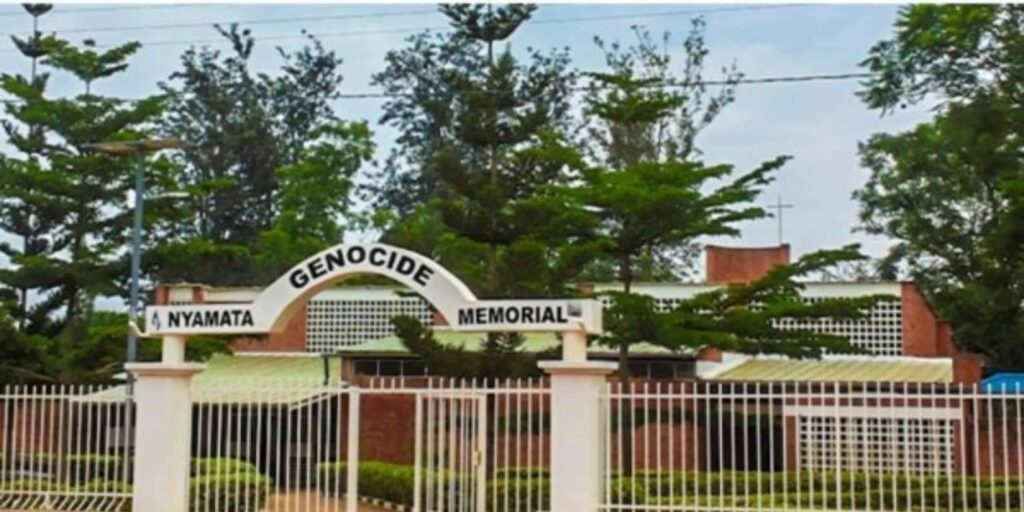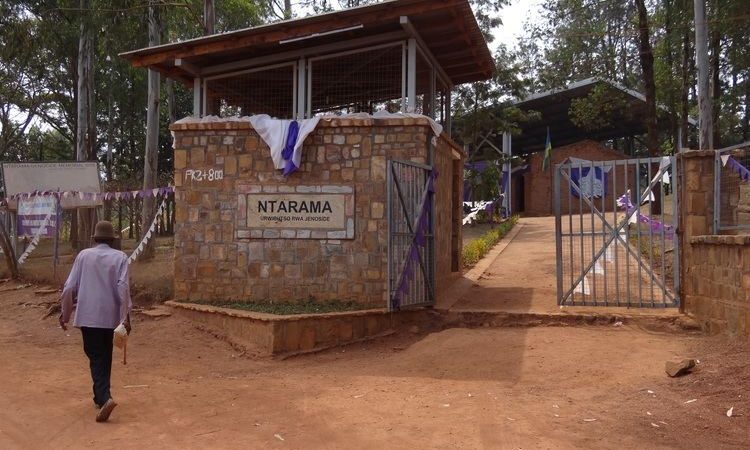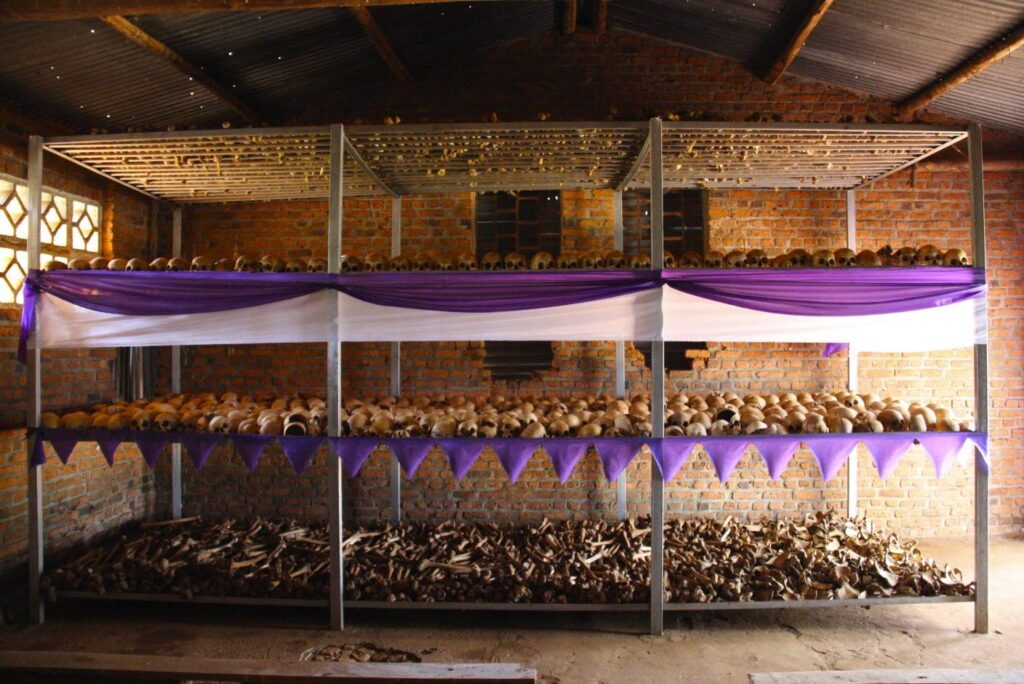Nyamata and Ntarama Genocide Memorials
Nyamata and Ntarama Genocide Memorials: Remembering the Lives Lost, Two important locations that bore witness to a troubling period in Rwanda‘s history are located in the tranquil countryside in the country’s center. As somber reflections of the terrible events that took place during the 1994 genocide against the Tutsi, the Nyamata and Ntarama Genocide Memorials stand. These memorials honor the lives lost and offer a space for introspection and education. They are places of memory. The historical relevance of the Nyamata and Ntarama Genocide Memorials, an examination of their displays, and the value of remembering the victims as Rwanda moves forward on its path to healing and peace will all be covered in this article.

The Genocide in Rwanda: A Heartbreaking History
Understanding the historical background of the Rwandan genocide is crucial to appreciating the significance of the Nyamata and Ntarama Genocide Memorials. Over the course of 100 days in 1994, an estimated 800,000 Tutsis and moderate Hutus were ruthlessly murdered in a concerted campaign of violence. The history and people of Rwanda were forever changed by this massacre.
The location of the Nyamata Genocide Memorial is a former Catholic church that was turned into a site of great sorrow during the genocide. It is situated in the Bugesera District, some 35 kilometers south of Kigali. The memorial now serves as a place of healing for survivors and their families as well as a tribute to the victims.
Exhibits: The Nyamata Genocide Memorial has compelling displays that depict the horrors of the genocide and the testimonies of its victims. Explore the church’s preserved interior, where human remains, blood-stained clothing, and personal items serve as eerie memories of the mass murders that occurred there.
Memorial Gardens: Calm memorial gardens that encircle the church offer a place for introspection and contemplation. Symbolic sculptures and plaques that memorialize the departed and serve as a reminder to guests of the value of peace, solidarity, and remembrance are placed throughout the grounds.
Another important location that honors the remembrance of the genocide is the Ntarama Genocide Memorial, which is close to Nyamata in the Bugesera District. Like Nyamata, thousands of people sought sanctuary at Ntarama, a church that tragically became the scene of mass murders.
Exhibits: The Ntarama Genocide Memorial features striking displays that chronicle the circumstances that preceded the genocide as well as the atrocities that took place inside the church. The intact interior, which serves as a sad reminder of the crimes due to bullet holes, bloodstains, and the remains of personal possessions, is open to visitors.

Memorial Gardens for the Ntarama Genocide: The memorial gardens next to the chapel provide a calm area for introspection. Visitors can interact with survivors and hear their tales of resiliency and hope here, as well as pay their respects at mass graves and memorials honoring the fallen.
Commemoration and Healing: Rwanda‘s path to healing, reconciliation, and remembrance is greatly aided by the Nyamata and Ntarama Genocide Memorials.
Commemorative activities: Memorial locations host commemorative activities all year long, including as the yearly Kwibuka ceremony in April, which commemorates the start of the genocide. In order to honor the victims, promote togetherness, and reiterate the resolve to preventing such crimes from occurring in the future, these events gather survivors, their families, and the larger community together.
Survivor testimony: The chance to hear survivor testimony is among the most impactful parts of visiting the memorials. These first-hand narratives provide deep insights into the survivors’ forbearance, resiliency, and strength, and they stand as a tribute to the human spirit’s capacity to triumph over unfathomable hardship.
Programs for Education: The memorials also function as educational hubs, offering workshops, tours, and materials to tourists, academic institutions, and scholars. Through these initiatives, they hope to foster understanding, encourage a dedication to justice and peace, and teach the next generation about the history of the genocide.
The Road to Reconciliation: Rwanda has had an incredible road to reconciliation, and memorials are an essential part of this process.

Unity and Healing: By uniting survivors and offenders, the Nyamata and Ntarama Genocide Memorials actively work to promote unity and healing. They create an atmosphere that is conducive to understanding and forgiveness through programs for dialogue and reconciliation.
Community Development: By assisting with initiatives like sustainable agriculture, healthcare, and education, the memorials also benefit the nearby communities. These programs seek to improve the lives of those impacted by the genocide and provide a better future for future generations.
The Genocide Memorials at Nyamata and Ntarama serve as potent reminders of the horrors of the Rwandan genocide. These locations memorialize the lives lost, encourage healing and forgiveness, and inform visitors about the significance of averting similar tragedies in the future through their exhibitions, memorial gardens, and educational activities. A trip to these memorials is a profoundly poignant experience that enables us to consider the human spirit’s tenacity, the significance of remembering, and our shared obligation to guarantee that justice and peace rule the globe. The Nyamata and Ntarama Genocide Memorials are rays of hope that encourage us to work toward a better, more compassionate future as Rwanda continues its healing process.



